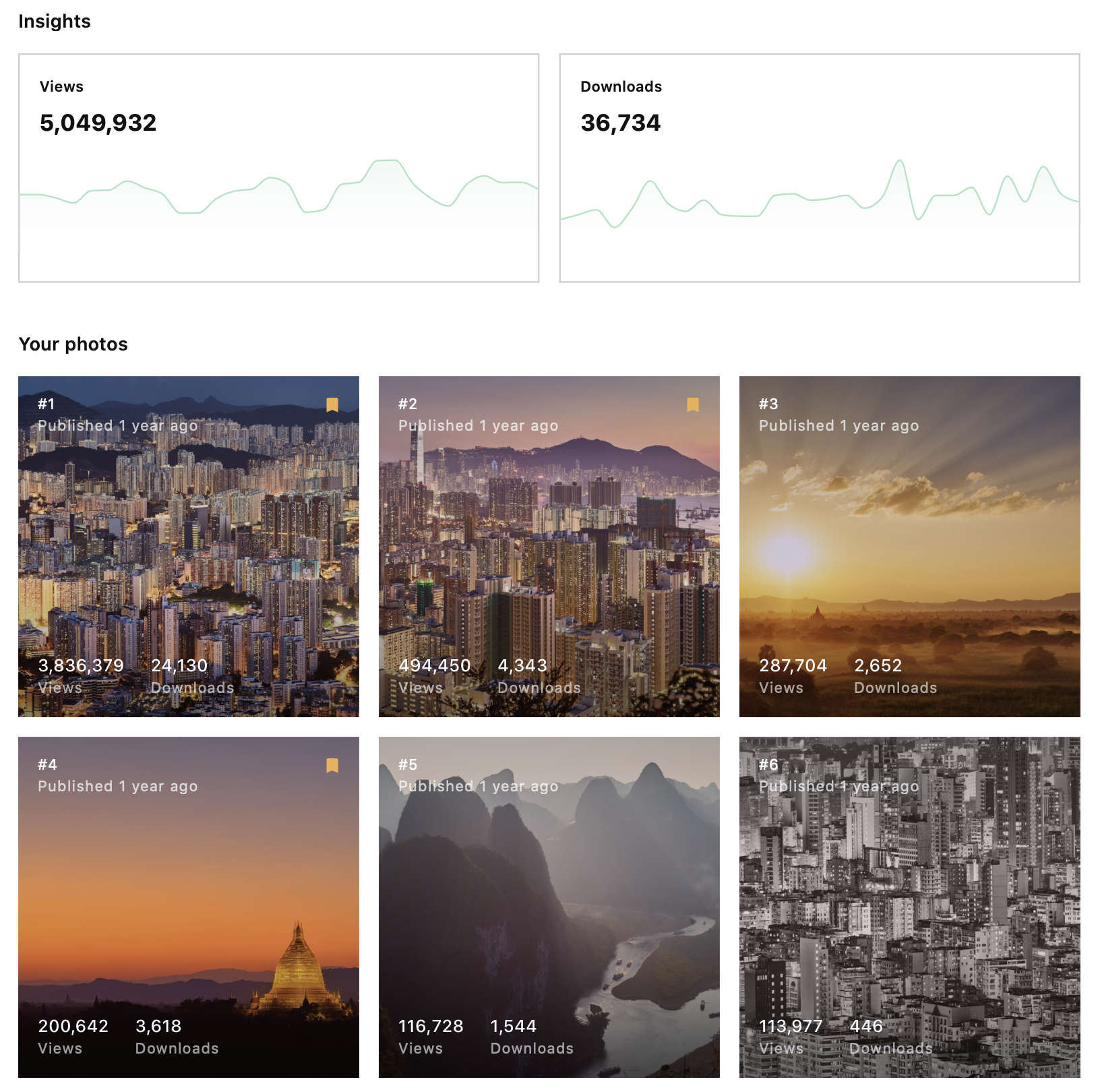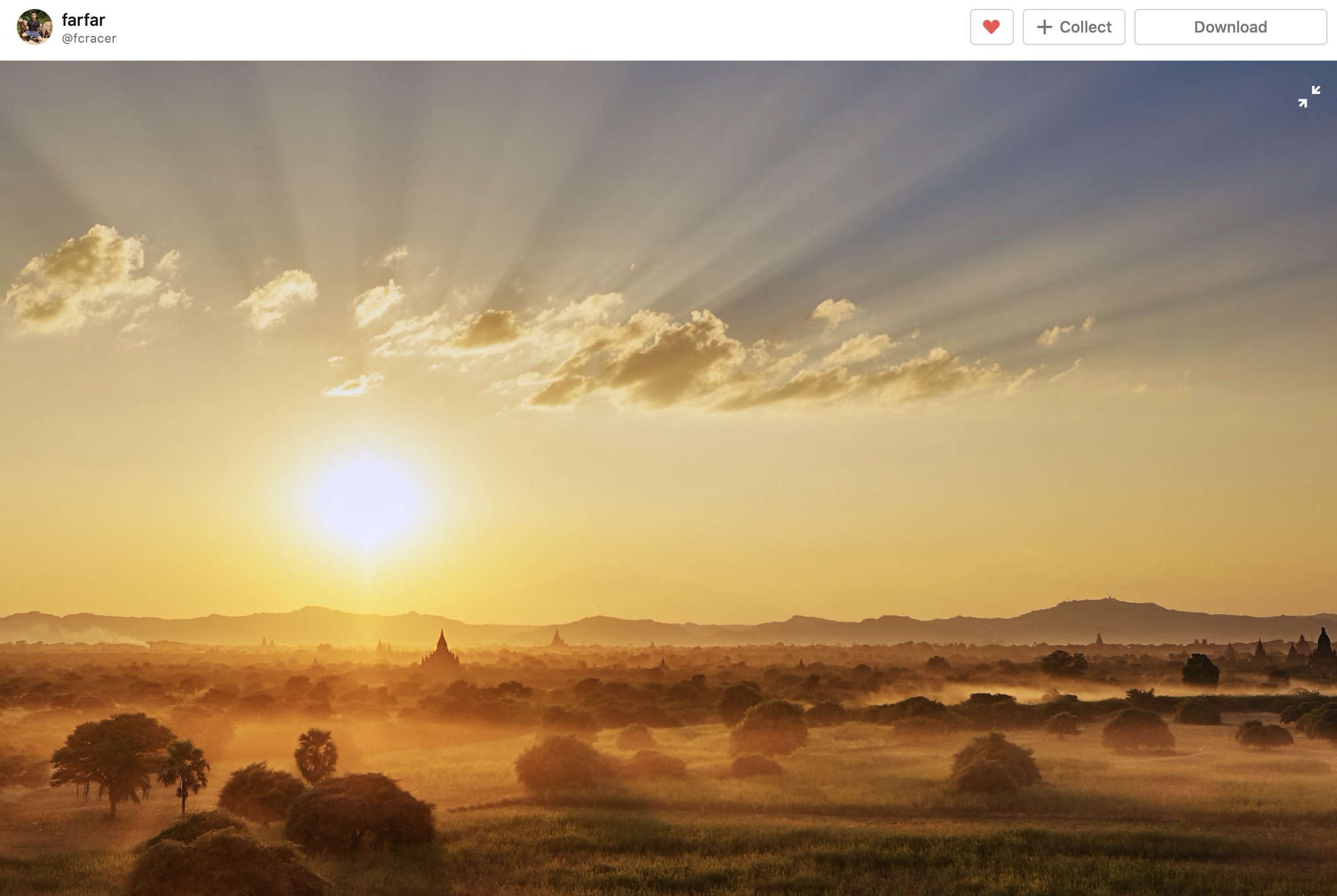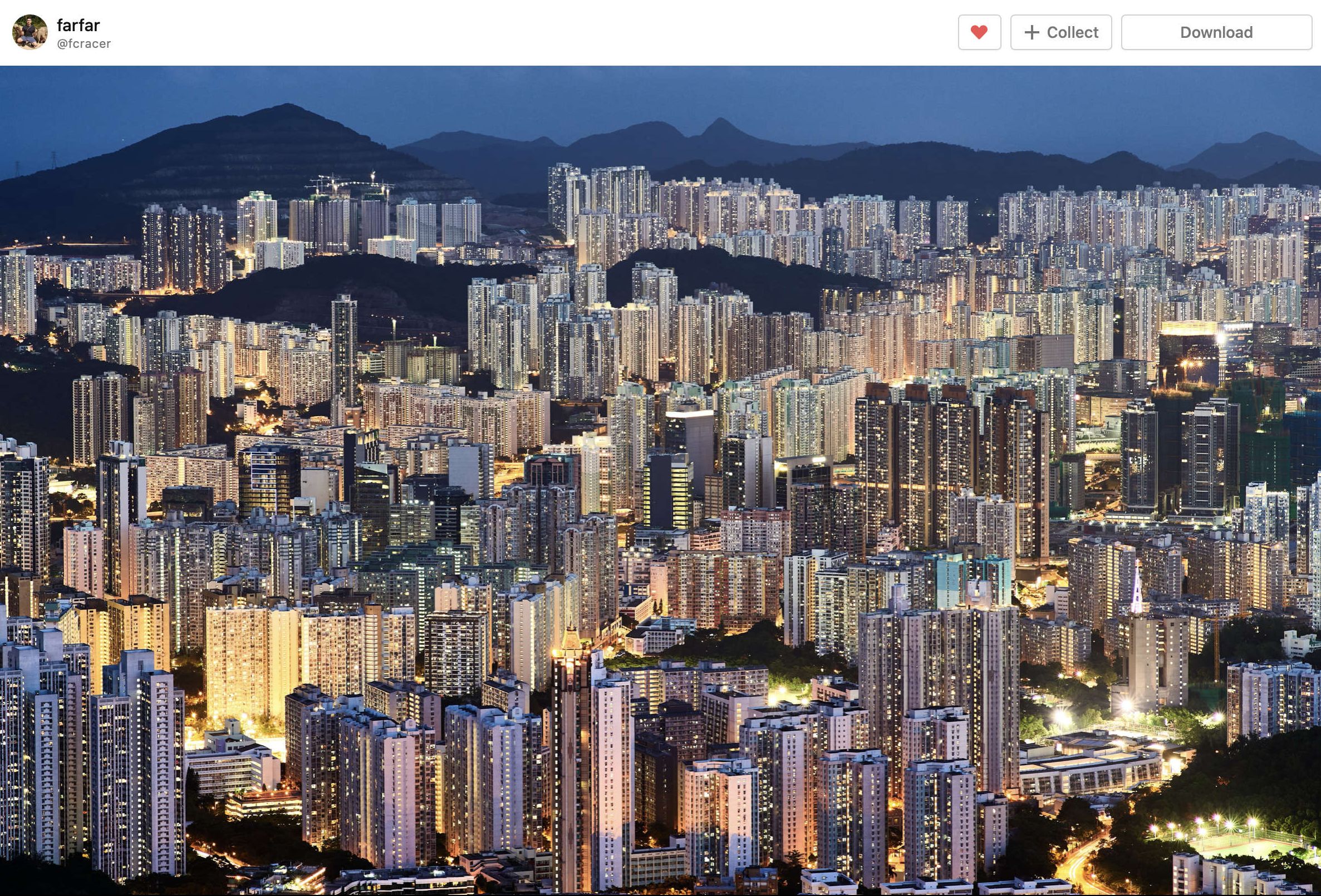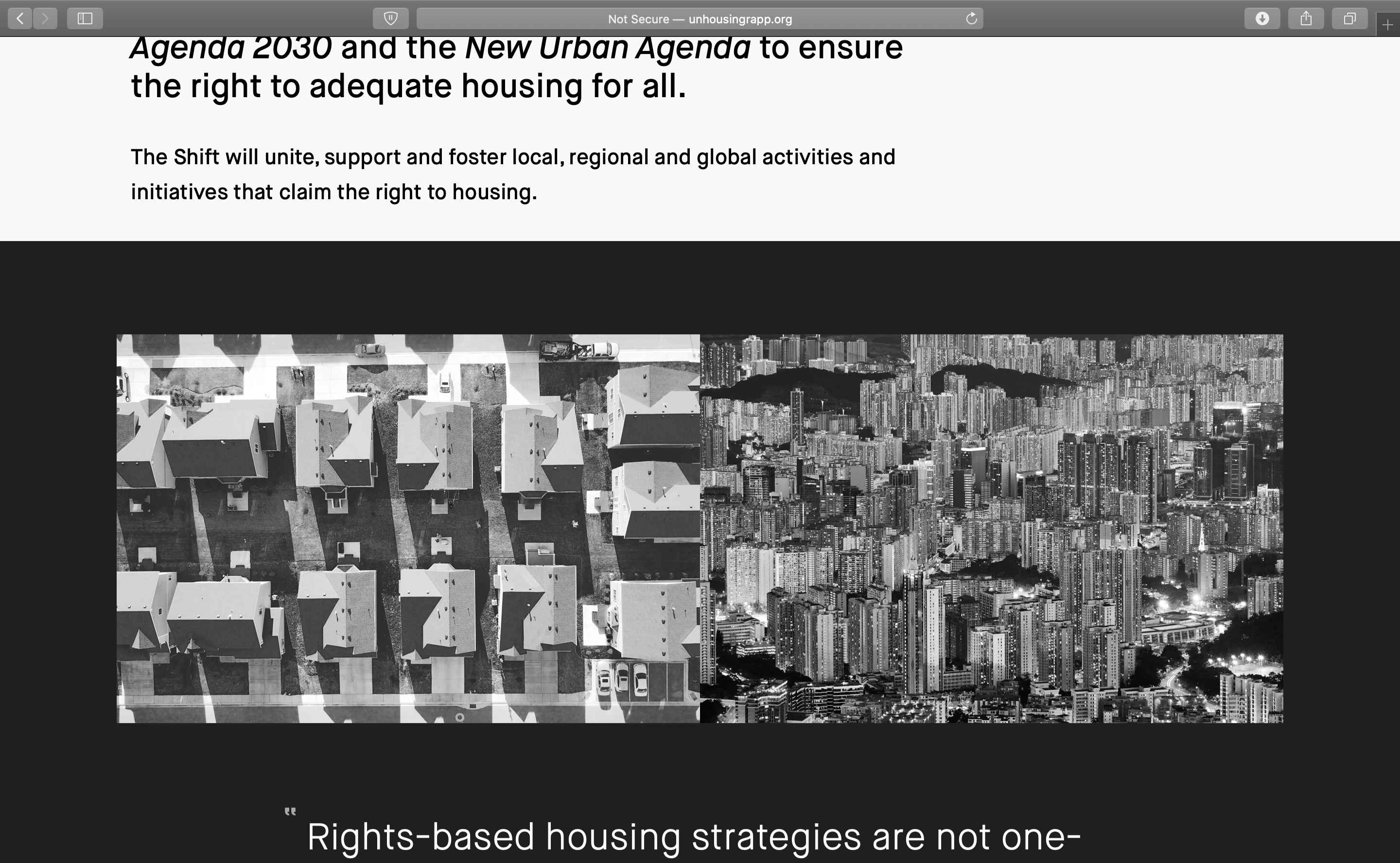The Unsplash experiment
A year ago, I decided to try an experiment to see what happens when you upload images to a free stock image website. The most popular one at the time was Unsplash.com, and perhaps still is. Unsplash was created in Montreal, and like most things Canadian, it started from a position of trying to do something good for society.
The thinking was to build a community where people could upload images, which in turn could be used by entrepreneurs, small businesses, non-profit organizations, and of course, individuals. The contributor feels good that their images are actually being used, and the smaller businesses or non-profits get access to high quality images without the cost of a photographer.

It all sounded pretty good, and I liked the idea of helping small businesses and especially non-profits. If a few individuals also downloaded the high resolution images and used them as their screen backgrounds, that would be cool too. I didn’t expect large corporations to use the images since they have budgets for marketing and have contracts with Getty, Adobe, and other stock image companies.
The experiment begins
I picked some of my favourite images from the past few years including a few from a recent blue hour shot of Hong Kong and sunsets from Bagan in Myanmar. I also included some artsy style ones to see what gets more interest. After uploading the images, I was surprised by what happened next.

I received an email from Unsplash saying that my image had been selected to be showcased on the “Unsplash New” feed. This happened another two times with additional images I uploaded. Within a few days, my images had been viewed over 50,000 times and downloaded 358 times. This was far more engagement than I had gotten on other platforms like Instagram and 500px.
Then the “big break” happened and my image of Hong Kong during the blue hour was selected for the “Unsplash New” feed and went a bit viral. Within one day of being featured, the image had been downloaded more than 1,000 times. It felt like a shot of adrenaline, and Unsplash makes this process extra exciting by sending emails when key milestones are hit.

From that point forward, things accelerated with 250,000+ views and 2,000+ downloads being added every month. I didn’t log into Unsplash for several months and had largely forgotten about my uploads, but then I received the following email last month which got me intrigued again:
5,000,000 views & counting
Hey farfar,
Your photo [sic] have surpassed 5 million views. That’s more retweets than Ellen got for her famous Oscar selfie. Who’s the real celebrity?
Because of your generosity, you’ve allowed thousands of people around the world to be creative and make something awesome with your photo.
Email received from Unsplash in October 2019
The results
With 5,000,000 views and 35,000 downloads, I wondered if my goals of helping entrepreneurs and non-profits had been met, so I decided to dig a bit deeper to see where the images were being used. There’s a great website called TinEye where you can do a “reverse lookup” of an image. You either upload the image or link to it and the software will search the internet to find exact matches.
TinEye turned up ~30 exact matches being used at the time. I was initially happy to find that several small travel blogs and tour companies were using the images. I was VERY happy to see the United Nations using it on a Right to Housing website. That’s exactly the kind of outcome I was hoping for when sharing images for free.
However, things took a bit of a negative turn when I came across a number of large companies that were using the images. While it’s their right to use the images as they see fit, I would have hoped that large companies would use their ample marketing budgets to hire professional photographers.
One of the three big credit card companies was using one of the images on their travel services website. A number of financial companies such as hedge funds, investment companies, and regional lenders were using the images.
Things took a much more negative turn when I realized that some of the images had been uploaded to Adobe and other paid stock image platforms with credit given to other people. It appears that Adobe has sophisticated mechanisms to identify these stolen images because the images had already been taken down when I went to the link. I had to use a web archive to find the original pages.
Examples of where the images are being used:






Was it worth it?
I think the answer depends on your perspective:
As a hobby photographer: If you’re hoping to turn dormant images into something that can be used by others, then Unsplash and similar platforms will meet your needs. You’ll get warm fuzzy feelings from seeing your images being used in the real world rather than bit-rotting on your hard drives and SSDs.
As a professional photographer: Even with some major companies using the images, I was never contacted, nor was any kind of credit given on their websites or marketing materials. The only upside is that a professional photographer could cite some of the big names using the images in a pitch to a future client. I noticed that the non-profits were more courteous and sometimes gave a credit tag or used my name as the JPEG filename, which I thought was a nice touch.
As a charitable giving exercise: I think I would rather be contacted via this website and asked to use an image for a non-profit rather than providing the images to Unsplash and other free image stock platforms. I appreciate this is more cumbersome for the non-profit, but this would provide more control and prevent large companies from using the free images, which ultimately is harming the photography profession.
Conclusion
I am not a professional photographer, and in fact, I’m barely a hobby one; I just want to capture my travel adventures and share them with friends, family and my (growing) online community. The industries I’ve worked in (telecom) and now working in (banking) have undergone massive transformations, where professionals have had to learn new ways of working and new ways of earning a living.
The transformation in professional photography is no different and photographers won’t be spared from the changes that technology is bringing to all of our industries. They will have to adapt and change their business models to survive in the new economy of the future. Platforms like Unsplash are only accelerating that transformation.
I can’t stop that transformation, but I can do my small part in slowing it down slightly by not bringing down the price point of professional photography even further by displacing professional images with free ones. I was disappointed to see large companies using my free images, but they are beholden to creating shareholder value, so I can’t fault them for leveraging a cost savings opportunity.
The cream always rises to the top, and the best photographers will still be able to command high premiums, but if my experience in telecom and banking is anything to go by, professional photographers will need to make major changes to survive and thrive. My experiment demonstrates that they will need to evolve very, very quickly, and with all the challenges before them, I certainly won’t be adding to them.
Discover more from fcracer - Travel & Photography
Subscribe to get the latest posts sent to your email.
It’s a horrible idea!
It takes work away from people whose sole income is from photography. It cheapens the value of the work. It encourages the “We’ll give you credit” mentality. It reinforces the idea that photography has little value. So when a company says we want to use your work in an ad but says they don’t pay…
Remember those people/entities that are using your images are being paid. You aren’t. Why should those people profit off of your work and you get nothing? Just about all nonprofits paid their staff and employees. Just about all nonprofits paid their staff and employees. They are not expected to work for free They are not expected to work for free. Why should you be?
Giving away photography only guarantees one thing. That the working pro will go out of business and will get a job somewhere else. Now if banks and other industries will take a credit line in lieu of payment I’m good with that.
Very generous from you; and an accurate sight about the future of professional photographers. Thanks for sharing.
JpP